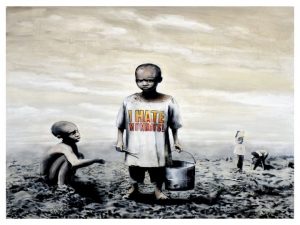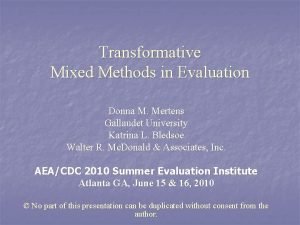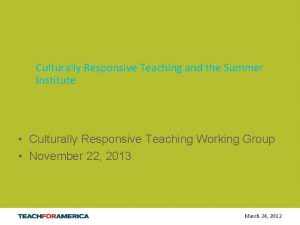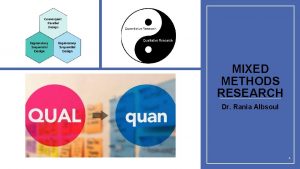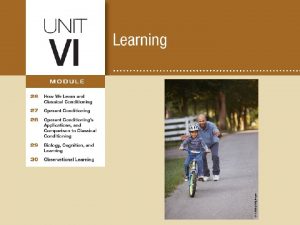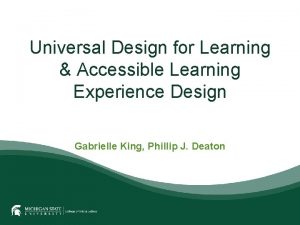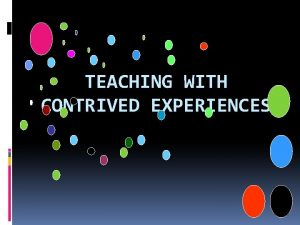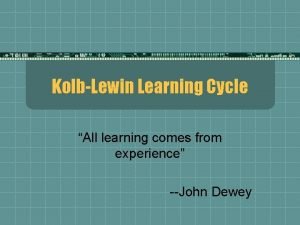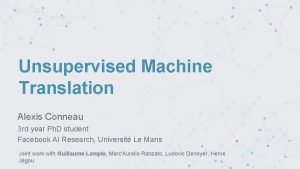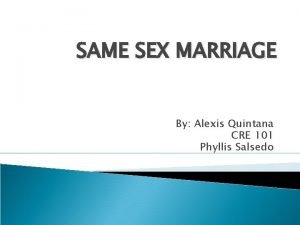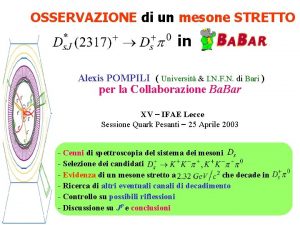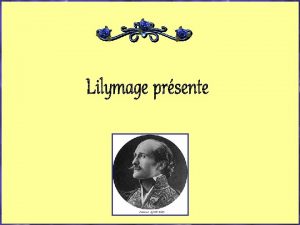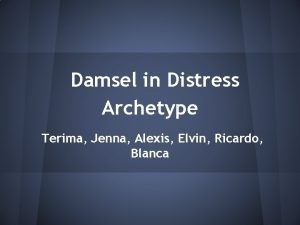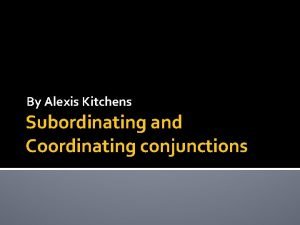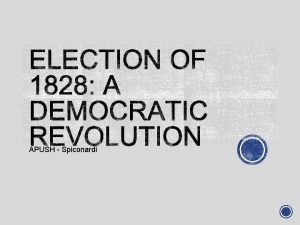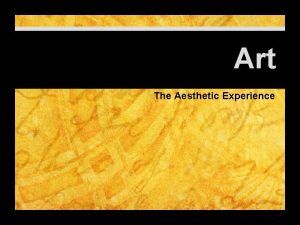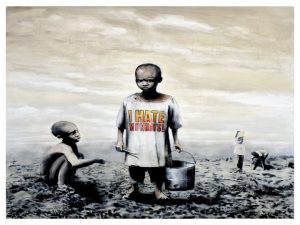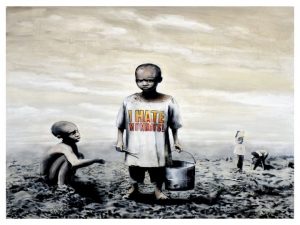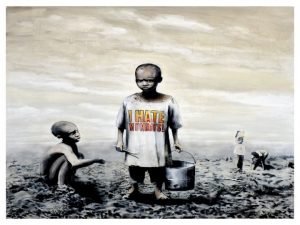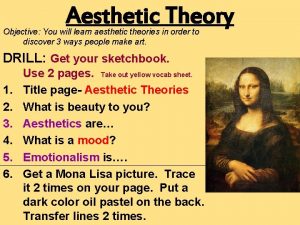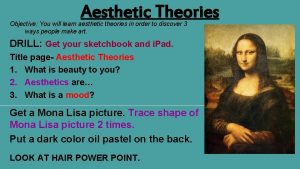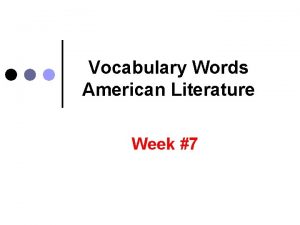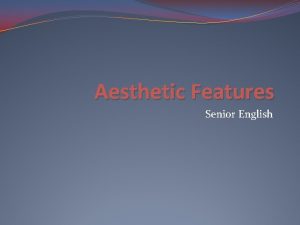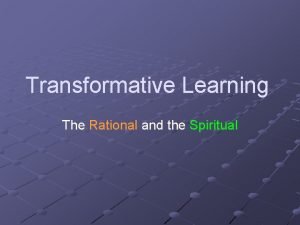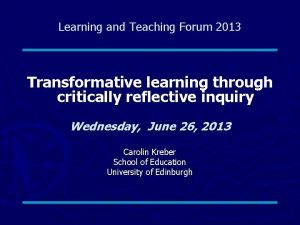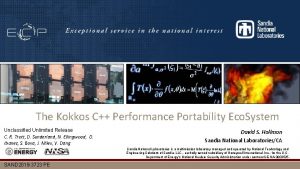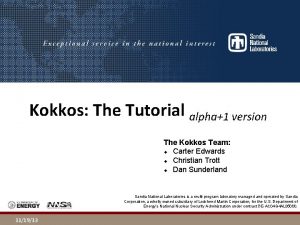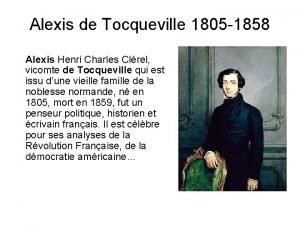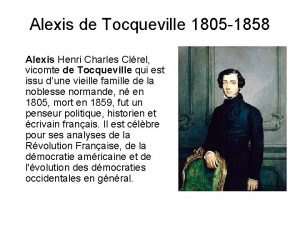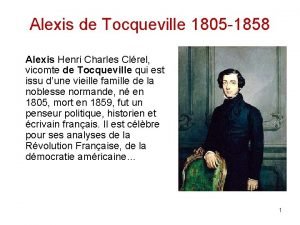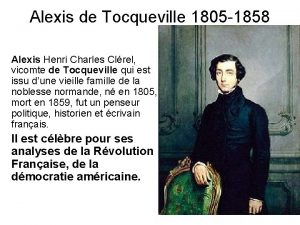Transformative Learning through Aesthetic Experience Alexis Kokkos Professor







































- Slides: 39


Transformative Learning through Aesthetic Experience Alexis Kokkos Professor of Adult Education in the Hellenic Open University

The contribution of aesthetic experience in the development of critical thinking and the educational process has been the object of research of several scientists, mainly in the field of Psychology and Pedagogy. In the 8 th Transformative Learning Conference, Alexis Kokkos presented the methodology “Transformative learning through aesthetic experience”, within focuses on the importance of systematic observation and critical analysis of authentic works of art, within the framework of transformative learning.

Keywords • Critical thinking • Learning transformation process • Art aesthetic experience • Adult education • Trainers of trainers

Adult education “The ultimate goal, the main purpose of adult education is to help people realize their potential, become more emancipated, socially responsible and self-defeating. So as they learn, they are driven to the most conscious choiced because they have used critical thinking” Jack Mezirow, 2007

WHY AESTHETIC EXPERIENCE DEVELOPS CRITICAL THINKING? • It develops imagination (Dewey) • It makes possible the articulation of holistic and delicate meanings (Gardner, Harvard School of Education) • It activates the operation of the right hemisphere of the brain (Palo Alto Mental Research Institute – Watzlawick, Jackson and others)

WHY AESTHETIC EXPERIENCE DEVELOPS CRITICAL THINKING? • Frankfurt School: Contact with art familiarises with anti- conventional, holistic and critical way of thinking

THE METHOD OF PAULO FREIRE A synthetic, holistic examination of all the sub-issues of an issue (using as stimulus the observation of sketches) Example: Issue “Labor” Sub-Issue Α Exploitation of human resources Sub-Issue C Alienation Sub-Issue Β Employment relations Sub-Issue D Compensation System etc


Elements of the method “ Learning through aesthetic experience ” 1. Systematic observation and elaboration of works of art should be one of the central elements of the critical educational process. 2. Incorporate Freire’s idea for the holistic examination of an issue through aesthetic experience. 3. Use of authentic works of art. 4. Use of the criteria that the School of Frankfurt, K. Kastoriades and others set on determining what constitutes an authentic art work (holistic dimension, exploration of deep human Truths, anti-conventional

Elements of the method “ Learning through aesthetic experience ” 5. Use of all forms of art. 6. Use of D. Perkins’s technique on the observation of art works. 7. Making sure that the artworks are familiar to the participants. 8. The whole approach is situated within the frame of Transformative Learning. 9. Use of two educational strategies, each one composed by six stages.

1 st STRATEGY: THE EDUCATOR UNDERTAKES SIGNIFICANT INITIATIVES Stage 1: • Determination of the need to critically examine the taken for granted assumptions concerning a certain issue. • Elicitation of the consent by the participants to further examine the issue. (they must agree)

Stage 2: The participants express their opinions about the issue

Stage 3: The educator examines the answers and identifies the sub-issues that should be approached holistically and critically etc.

Rodin, “The thinker”

Fresco from Pompeii: “A thinker”

Example on stage 3: Identification of the sub-issues of the issue 1. 2. 3. 4. 5. 6. “Characteristics and attitudes of a thinker” Is the thinker “always” a man, of mature age? Which is his/her inner disposition? How does he/she learn? (mainly from books? ) How does he/she relates to others? To the society? Which are the needed skills of a thinker? Which are the “dangers” and the “rewards” of being a thinker nowadays?

Rembrandt, “The thinker in his study”

Raffaello, “The School of Athens”

Plato Aristotle

Socrates

Parmenides Pythagoras

Euclid

There are no days in our childhood as ripe as those which we spent reading a beloved book. We were brushing aside like obstacles in a divine delight: a friend, interrupting us from reading the most interesting part with his wish to play, an annoying bee or a ray of sunshine that forced us to take our eyes of the page or just change position. If we ever happen to leaf through one of those old books, we feel like they are our only and most precious diaries we kept at those days we lost. Marcel Proust, “Days of Reading”

Rembrandt, “Aristotle contemplating a bust of Homer”

Stage 4: The educator identifies several works of art as stimuli for the elaboration of the sub-issues (the works of art are related to the sub-issues) Use of authentic works of art : • Painting • Sculpture • Photography • Literature, poetry • Theater • Cinema • Dance • Music • etc.

Stage 5: Consecutive presentation of the artworks Each artwork is analysed and critically connected to the related sub-issues (use Perkins method) Each participant expresses his/her experiences, feelings and thoughts

Applying Perkins model a) Trainees are invited to carefully and slowly observe the work of art, for as long as they wish, without interpreting or judging it (Preparation stage to activate thinking process). Then they are asked to express their first, superficial comments, and answer a number of questions, such as: • • • What are your first thoughts, your first reactions, your first feelings, your first questions? Do you notive anything interesting in the work of art? Is there something you need further clarifications on?




Applying Perkins model b) Trainees observe the work of art with an open mind a creative attitude, without looking to draw definitive conclusions yet. They are required to take nothing for granted, but process all possible parameters in a more creative light. Possible questions: • Is there an event or “story” you hadn’t noticed before? • What surprises does the work of art hold? (e. g. strange objects, color combinations, a key element, inclusion of people in the space, etc. ) • Look for the “message” and possible symbols in the work of art.

Applying Perkins model c) trainees, draw on what learnt during the two previous phases, to observe the work of art in detail and in depth, express feelings, go deeper and try to answer their questions, draw conclusions and find out the deeper meaning behind the work of art, adopting a critical approach. Possible questions: • Which elements of the project (technical or thematic) add meaning of gravity? • What answers do you now give to the basic questions you have processed so far?

Applying Perkins model d) This is the phase of holistic observation, trainees look at the work again, in synthesis, taking into account the experience of the previous phases, and reflect on it.

The Pyramid of Inquiry


Stage 6: • Critical review and enrichment of the participants initial opinions • Comparison of the participants initial opinions with those resulting from the discourse • Synthesis / Inferences

2 nd STRATEGY: LEARNERS UNDERTAKE SIGNIFICANT INITIATIVES Stage 3: Identification of the sub-issues (with the participation of learners) Stage 4: The participants suggest various artworks Stage 5: The participants select the works of art and define the order in which they are going to be examined

Thank you!!
 English
English Promotion from assistant to associate professor
Promotion from assistant to associate professor Mertens transformative paradigm
Mertens transformative paradigm What does smh mean
What does smh mean Massive transformative purpose
Massive transformative purpose Transformative resistance
Transformative resistance Copyright transformative vs. derivative
Copyright transformative vs. derivative Institute for transformative technologies
Institute for transformative technologies Transformative paradigm definition
Transformative paradigm definition Transforming and transformed resources
Transforming and transformed resources Concurrent transformative design
Concurrent transformative design Transactional leadership and transformational leadership
Transactional leadership and transformational leadership Transformation process in operation management
Transformation process in operation management Gender-transformative
Gender-transformative Experience expectant vs experience dependent
Experience expectant vs experience dependent Early experience vs later experience debate
Early experience vs later experience debate Indirect experience examples
Indirect experience examples Cuadro comparativo de e-learning
Cuadro comparativo de e-learning Partial reinforcement schedule
Partial reinforcement schedule Accessible learning experience design and implementation
Accessible learning experience design and implementation Integrative learning experience
Integrative learning experience Contrive experience
Contrive experience Language experience approach steps
Language experience approach steps Learning comes from experience
Learning comes from experience Through one man sin entered
Through one man sin entered Furcation
Furcation Advantages of through and through sawing
Advantages of through and through sawing Night of the scorpion warming up
Night of the scorpion warming up Alexis deane
Alexis deane Alexis conneau
Alexis conneau Alexis quintana
Alexis quintana Alexis pompili
Alexis pompili Pastor alexis romero
Pastor alexis romero Alexis rostand
Alexis rostand Jenna alexis
Jenna alexis Subordinating conjuctions
Subordinating conjuctions Alexis de tocqueville apush
Alexis de tocqueville apush Alexis global
Alexis global Alexis crews
Alexis crews Alexis butterworth
Alexis butterworth
